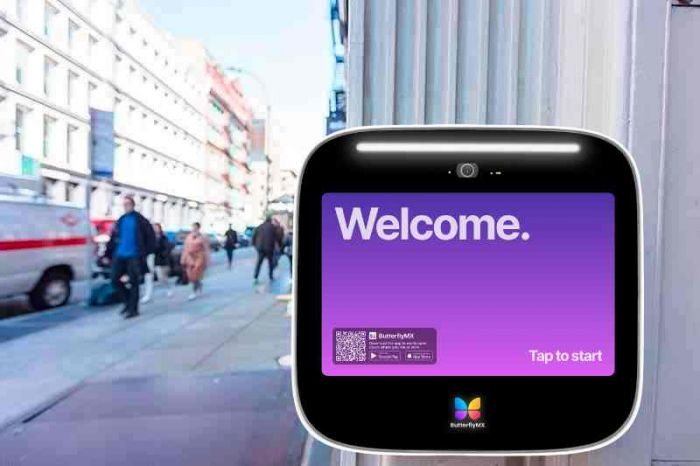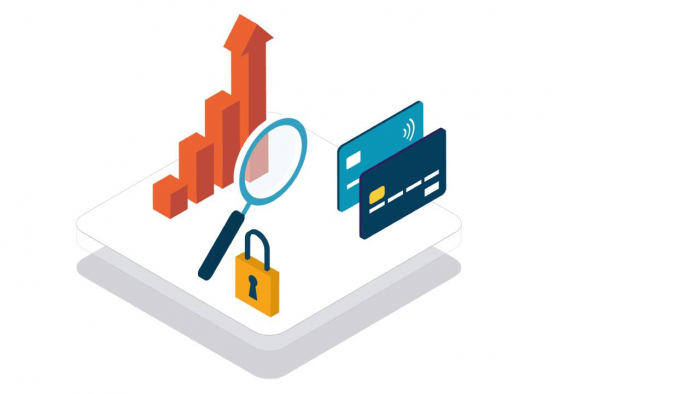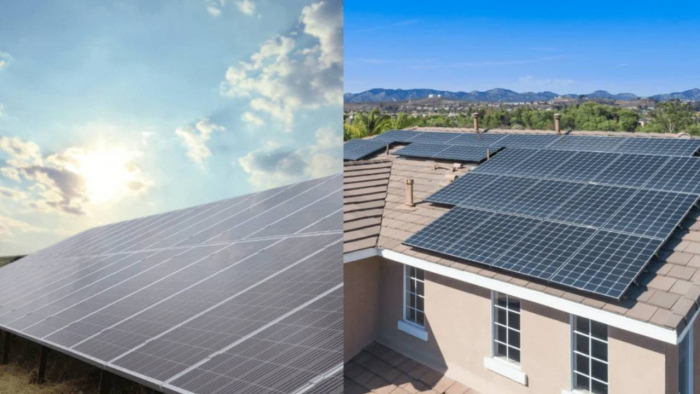Learn what an apartment call box is, how it works, and explore modern alternatives like video intercoms, mobile apps, and cloud-based access control.
Managing access to a residential building isn’t just about security, it’s about creating a seamless experience for residents, visitors, and staff. One of the most essential tools in that effort? The apartment call box.
While call boxes have been a staple of multifamily properties for decades, the technology behind them has evolved significantly. Today’s systems go far beyond a simple buzzer, offering everything from video verification to mobile app integration.
In this guide, we’ll break down what an apartment call box is, how it works, the different types available, and what modern alternatives are worth considering if you're upgrading your building’s access control.
What is an apartment call box?

An apartment call box is a secure communication device typically installed at the entrance of a multifamily property or gated community. Its main job? Connecting visitors to residents so they can request access to the building.
Here’s how it works: When a visitor arrives, they use the call box to find and contact a resident. Once the resident answers, they can speak with the visitor and, if they choose, unlock the door remotely to let them in.
Apartment call boxes are commonly found at apartment complexes, gated communities, commercial offices, and mixed-use buildings. They’re especially useful in places where controlled access and secure visitor management are priorities.
How do apartment call boxes work?
Apartment call boxes follow a simple, three-step process to keep access both secure and convenient.
- Visitor interaction. When someone arrives at the building, they use the call box to search for the resident they’re visiting, typically by browsing a directory or typing in a unit number. Once they’ve found the right contact, they press a button to place the call.
- Resident response. The resident receives a notification via a connected device, this could be a landline, a mobile phone, or an in-unit intercom. They can then speak to the visitor to verify who they are before deciding whether to grant access.
- Access granted. If the resident approves, they press a button on their device that remotely unlocks the building’s door or gate. This provides secure, controlled entry without the need for someone to come down and open the door manually.
Types of apartment call boxes
There’s no one-size-fits-all when it comes to call boxes. Today’s options range from basic audio-only systems to advanced, app-based solutions.
Here are the most common types you’ll see:
- Wired call boxes. These traditional systems use physical wiring to connect the entrance device to each unit. While they’re reliable, installation can be time-consuming and costly, especially in older buildings where infrastructure upgrades may be needed.
- Wireless call boxes. Instead of hardwiring each connection, wireless call boxes rely on cellular or WiFi networks. This makes them quicker to install and ideal for properties that want to avoid the hassle of running new cables.
- Video call boxes. Equipped with built-in cameras, these call boxes let residents see who’s at the door before granting access. The added visual layer helps improve security and gives residents more confidence when buzzing in visitors.
- IP-based call boxes. These systems use internet protocols (IP) to transmit audio and video over the cloud. They’re often part of a larger smart building system and can integrate with mobile apps, cloud storage, and other proptech tools.
Limitations of traditional call boxes
While call boxes have been a mainstay in building security for decades, many older systems fall short of modern expectations.
Here’s where traditional setups can run into trouble:
- No video capabilities. Audio-only systems can’t show residents footage of who is requesting access. That lack of visual confirmation can be a security concern, especially in urban environments or high-traffic buildings.
- Limited remote access. Legacy systems typically require residents to be home to answer a call. There’s no mobile access, no remote unlocking, and no flexibility for managing visitors on the go.
- Cumbersome installations. Wired systems often require building-wide cabling, a major project that can be expensive and disruptive, particularly for retrofits or historic properties.
- Scalability issues. As properties grow or resident needs change, traditional call boxes don’t always adapt well. Upgrading them can require replacing the entire system rather than simply adding features or expanding access.
A modern take on apartment call boxes
As technology evolves, so do the ways we manage property access. While traditional call boxes still serve a purpose, modern alternatives offer far more functionality, especially for tech-forward properties.
- Video intercom systems. These systems add visual verification to visitor access. Residents can see and speak with guests in real time before remotely unlocking the door, all from their smartphone or a connected device. It’s a major step up in both convenience and security.
- Cloud-based access control. With cloud-based systems, property staff can manage access permissions, view entry logs, and monitor activity remotely. These platforms are easier to maintain than on-premise servers and often include automatic updates and remote troubleshooting.
- Mobile app integration. Many modern systems connect to a mobile app, giving residents the power to manage access from anywhere. Whether they’re at home, at work, or on vacation, they can see who’s calling, open the door, or even send guest access links with just a few taps.
- Delivery & visitor management features. Smart access systems can streamline package delivery with PIN codes, delivery passes, or time-limited QR codes. Some even allow integration with smart lockers or concierge software, reducing the burden on property staff.
Choosing the right access solution for your property
Every building is different, and the best access solution fits your specific needs.
Here are a few factors to consider when deciding what’s right for your property:
- Understand your building’s layout. Start by evaluating how visitors move through your property. Do you need to manage access at multiple entrances? Do you have a gated entry, a lobby door, or both? These details will help narrow down the right type of system.
- Evaluate resident expectations. Today’s renters often expect smartphone-based solutions and easy guest access. If your residents value convenience, look for a system that integrates with mobile apps and offers video capabilities.
- Consider installation & maintenance. Retrofitting a legacy building? Wireless or IP-based systems can save you time and money. Also think long-term: systems that are cloud-based or modular are easier to maintain and scale as your property grows.
- Think about integration. If you already use other property tech tools like smart locks, delivery management systems, or CRM software, choose a call box or access system that integrates easily. A connected ecosystem will make operations more efficient.
Conclusion
Apartment call boxes have long been a reliable tool for managing building access but today’s technology offers more secure, convenient, and flexible options. From video intercoms to mobile app integrations, modern systems enhance both the resident experience and operational efficiency.
Whether you’re managing a small condo or a large multifamily community, upgrading your access control system can boost property value, reduce maintenance headaches, and meet the expectations of today’s tech-savvy residents.
Frequently Asked Questions
1. What is the purpose of an apartment call box?
An apartment call box connects visitors to residents, allowing them to request entry into a building. It enhances security by ensuring only verified guests are granted access.
2. Can apartment call boxes work with smartphones?
Yes. Modern IP-based and cloud-connected call boxes integrate with mobile apps, allowing residents to answer calls, see visitors via video, and unlock doors remotely.
3. What’s the difference between wired and wireless call boxes?
Wired call boxes use building-wide cabling for connectivity, while wireless systems rely on cellular or WiFi networks. Wireless models are faster to install and ideal for retrofits.
4. Are video call boxes more secure than audio-only systems?
Yes. Video call boxes allow residents to visually confirm a visitor’s identity before granting access, reducing risks of unauthorized entry.
5. What are the best alternatives to traditional call boxes?
The most effective alternatives include video intercoms, cloud-based access control, and mobile app–integrated systems that provide greater convenience, scalability, and security.
6. Do modern call box systems support delivery management?
Many modern systems include delivery features such as PIN codes, QR codes, or integration with smart lockers to streamline package drop-offs and reduce staff workload.
Post Comment
Be the first to post comment!





